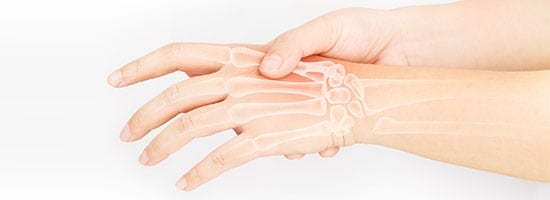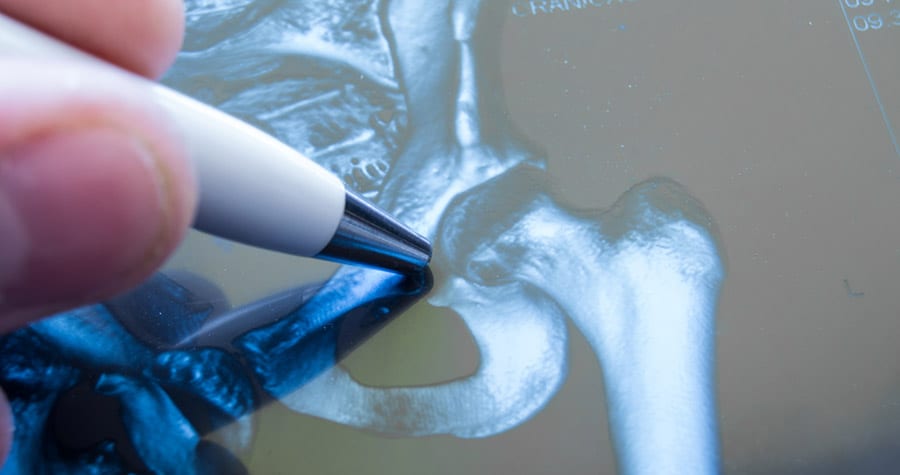
Most Common Reasons for Hand Pain
Consisting of 27 bones, 29 joints, 48 nerves, and an assortment of muscles and ligaments, each of your hands plays a key role in many of the daily tasks you perform. Anything that injures or irritates any of these parts can be an instant source of distraction, or even frustration if there are certain tasks you are unable to perform without pain. While there are many potential causes of hand-related pain, some are more common than others.
Hand, Wrist, and Finger Fractures
Hard falls, sports-related injuries, and damage from degenerative forms of arthritis are among the possible causes of hand, wrist, and finger fractures. Treatment will depend on the severity of the fracture. In some cases, splinting or bracing may be enough to allow the broken bone to heal. Other times, surgery is needed to realign bones in the affected part of the hand or wrist.
Carpal Tunnel Syndrome
Pain in the wrist and forearm may be a sign of carpal tunnel syndrome, a condition that affects the narrow opening through the bones that make up your wrists and the base of your hands. Specially, it’s pressure on the median nerve from repetitious movements that causes symptoms that many include numbness and tingling sensations. Treatment typically involves immobilization with a splint that may be worn at night and anti-inflammatory medication.
Trigger Finger
The tendons within your fingers facilitate movement with sort of a rope and pulley system that involves sheathes around these tissues. When tendons develop a thickened area (nodule), it’s difficult for them to move through the sheath. The result is a condition called trigger finger that results in the finger being locked in a flexed movement position. If rest, splinting, medication, and stretching exercises aren’t effective, surgery that breaks apart the thickened part of the tendon (percutaneous release) may be done.
De Quervain’s Tenosynovitis
Affecting tendons in the thumb, De Quervain’s tenosynovitis is characterized by swelling and pain around the base of the thumb. If left untreated, discomfort may extend to the forearm. The exact cause of the condition isn’t known, but it’s believed that repetitious hand and wrist movements are a contributing factor. Patients often respond well to the use of pain-relievers and anti-inflammatory medications. Injections of corticosteroids directly into the affected thumb may also be recommended. If pain continues, surgery may be done to open the sheath around the tendon to ease pressure.
Ganglion Cysts
Usually appearing on the underside of hands and wrists, ganglion cysts are fluid-filled lumps that often develop around joints or tendons. They’re typically harmless, although these cysts can be as source of hand pain if joints are irritated. While many patients need little or no treatment, aspiration is sometimes necessary to drain the fluid from the cysts.
Sprained Hand Ligaments
Ligaments, the thick, connective tissues in your hands that join bones together to a form a joint, sometimes become inflamed when over-stretched. Sprained hand ligaments usually heal with medication, rest, or the use of a hand or wrist brace to minimize movements.
Don’t assume sudden or lingering hand pain will go away on its own. Early diagnosis of the source of your discomfort increases your odds of responding well to treatment and getting back to performing your daily tasks without pain. Not all potential causes of hand pain can be avoided, but minimizing repetitious movements and avoiding sugary snacks and other foods that contribute to inflammation can help keep the many interconnected parts of your hands working together harmoniously.







